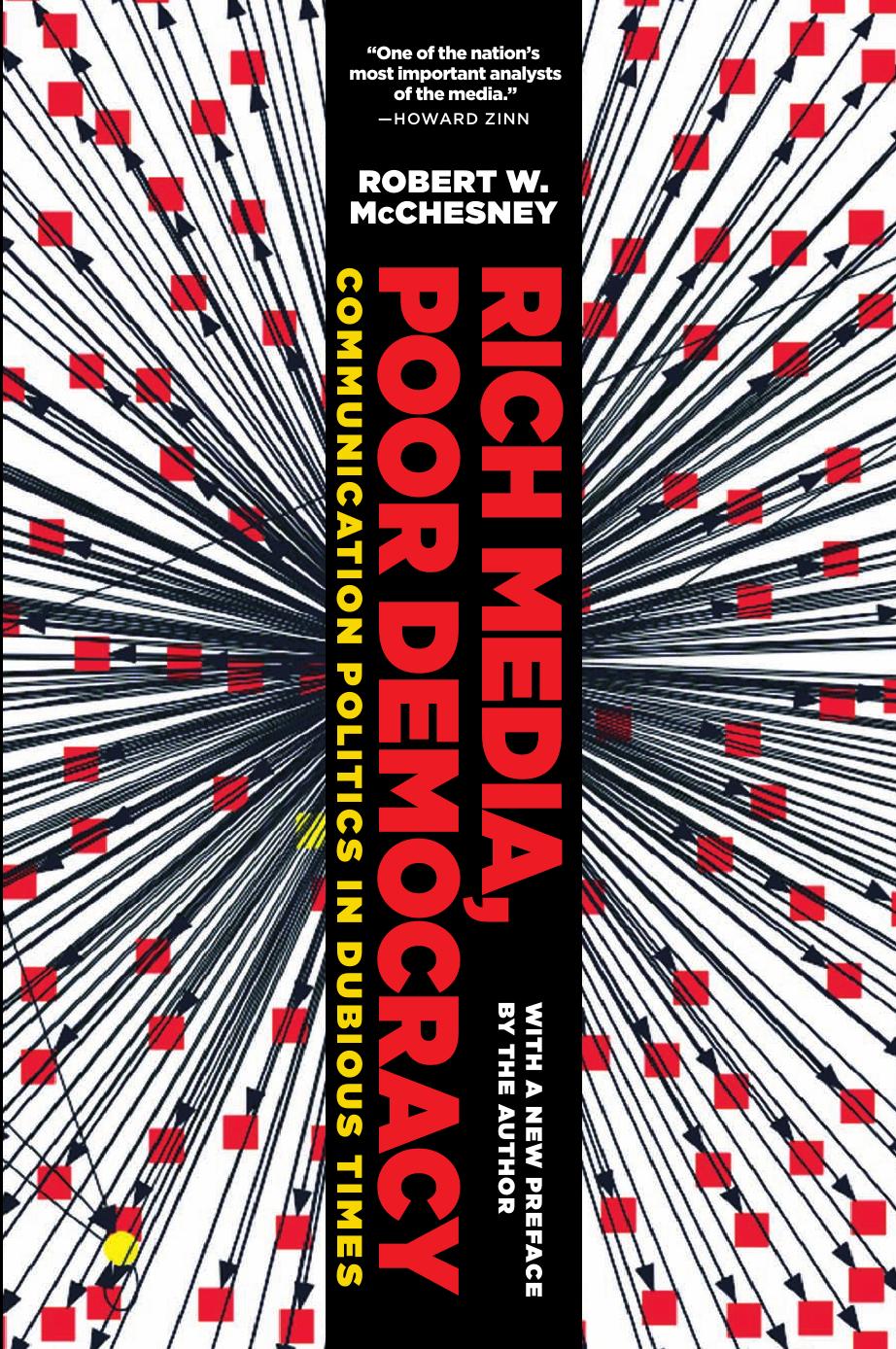Rich Media, Poor Democracy: Communication Politics in Dubious Times by Robert W. McChesney

Author:Robert W. McChesney [McChesney, Robert W.]
Format: epub, pdf
ISBN: 9781620970706
Publisher: Perseus Books, LLC
CHAPTER 5
PUBLIC BROADCASTING: PAST, PRESENT, . . . AND FUTURE?
One of the most striking developments of the past decade has been the decline of public service broadcasting systems everywhere in the world.1 By public service broadcasting, I mean a system that is nonprofit and noncommercial, supported by public funds, ultimately accountable in some legally defined way to the citizenry, and aimed at providing a service to the entire population—one which does not apply commercial principles as the primary means to determine its programming. Within these broad parameters, public service broadcasting may be democratic or bureaucratic, benevolent or banal. Where on the spectrum any particular public broadcasting system might fall depends largely upon two things: the level of democracy in the larger society and the degree to which the system is the product of informed public debate. But today, all forms of public broadcasting—and the democratic promise that is always implicit in public broadcasting systems—are in rapid retreat. In my view, their very survival hangs in the balance.
According to mainstream policy debates in the United States, and, increasingly, elsewhere, the collapse of public service broadcasting makes perfect sense, as it really no longer has justification to exist. The main historic rationales for public broadcasting, this reasoning goes, were twofold: first, it maintained public control over scarce broadcast spectrum (the notion here is that it is better to have a public monopoly than a private monopoly over radio and television); second, public broadcasting would provide those programs that were socially beneficial but that the few commercial broadcasters would find insufficiently profitable to produce. The argument continues that with the rise of the cable, satellite, and digital broadcasting technologies that have dramatically increased the number of channels, not to mention the Internet, the notion of scarce broadcast spectrum no longer holds water. Moreover, when people can access hundreds of channels on their televisions and radios—and millions on their computers—the idea that the state need subsidize certain forms of broadcasting appears downright ludicrous. In this age of plenty, if any meaningful sector of the population wants a service, there is plenty of space in the market to provide that service. There is no justification for the “nanny state” telling people what they should be watching or listening to, or using taxpayers’ money to subsidize programming that has no apparent audience.
In my view, the mainstream discourse on public broadcasting is historically inaccurate. Although there is an element of truth in the “scarcity” rationale, the rise of public broadcasting systems across the world also reflected, on more than one occasion, protracted political fights over how best to organize media in a democratic society. In this context, I believe, the rationale for public broadcasting not only remains but one can argue that it has grown. Indeed, the collapse of public broadcasting in the 1990s has less to do with technological change than it does with the worldwide neoliberal adoption of the market and its commercial values as the superior regulator of the media—and of all else. In
Download
Rich Media, Poor Democracy: Communication Politics in Dubious Times by Robert W. McChesney.pdf
This site does not store any files on its server. We only index and link to content provided by other sites. Please contact the content providers to delete copyright contents if any and email us, we'll remove relevant links or contents immediately.
| Anarchism | Communism & Socialism |
| Conservatism & Liberalism | Democracy |
| Fascism | Libertarianism |
| Nationalism | Radicalism |
| Utopian |
The Secret History by Donna Tartt(18865)
The Social Justice Warrior Handbook by Lisa De Pasquale(12143)
Thirteen Reasons Why by Jay Asher(8802)
This Is How You Lose Her by Junot Diaz(6804)
Weapons of Math Destruction by Cathy O'Neil(6155)
Zero to One by Peter Thiel(5694)
Beartown by Fredrik Backman(5610)
The Myth of the Strong Leader by Archie Brown(5429)
The Fire Next Time by James Baldwin(5253)
How Democracies Die by Steven Levitsky & Daniel Ziblatt(5134)
Promise Me, Dad by Joe Biden(5090)
Stone's Rules by Roger Stone(5029)
A Higher Loyalty: Truth, Lies, and Leadership by James Comey(4852)
100 Deadly Skills by Clint Emerson(4845)
Rise and Kill First by Ronen Bergman(4706)
Secrecy World by Jake Bernstein(4653)
The David Icke Guide to the Global Conspiracy (and how to end it) by David Icke(4629)
The Farm by Tom Rob Smith(4443)
The Doomsday Machine by Daniel Ellsberg(4421)
